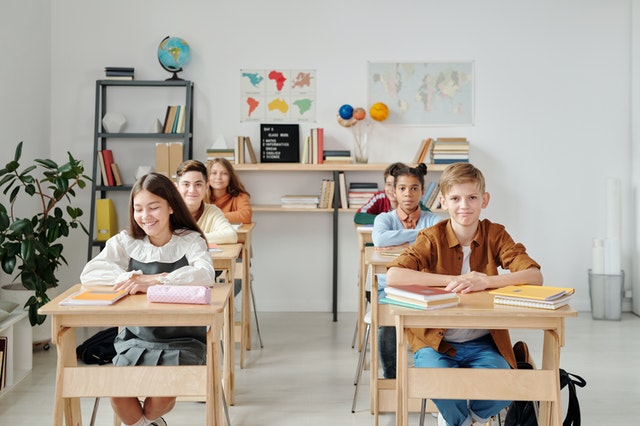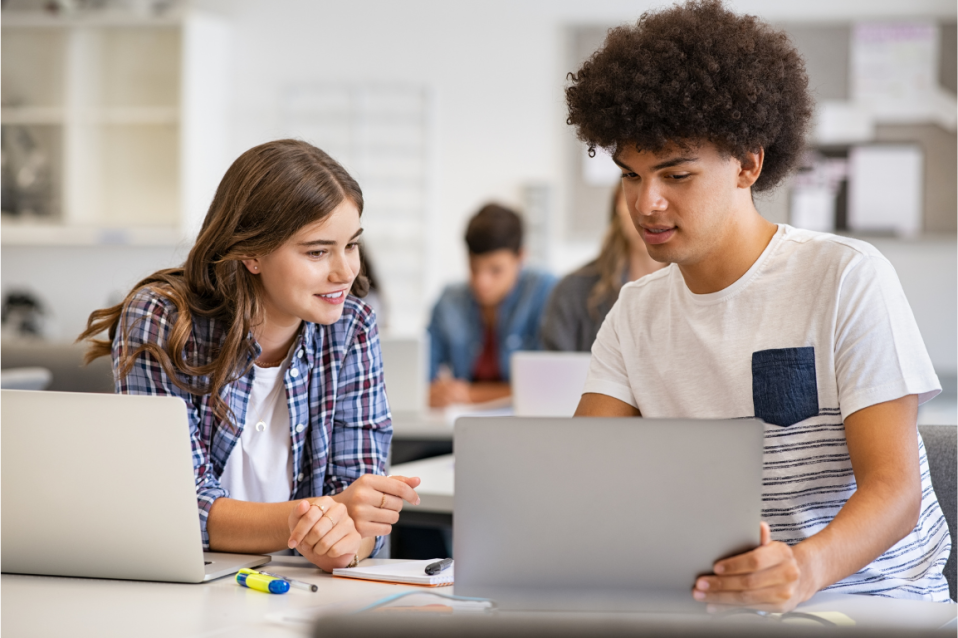After a second period of Covid lockdown, seeing children being educated at home and online for nearing 3 months, schools began to unlock on Monday 8th March. Of course, schools have remained open to support the learning of vulnerable children and children of key workers throughout both lockdowns, but it is the return of all children to school that has caused concern amongst the teaching profession and reminders of the previous return to school potentially being the catalyst for a spiralling of Covid cases nationally.
This unlocking of schools has been paralleled with repeated rhetoric from the DfE and the Secretary of State about just how vital it is that children ‘catch up’ on missed learning with the notion that children are falling behind being a key driver for the wider opening of schools and a simultaneous refusal to budge on the idea that teachers should be vaccinated ahead of the unlocking of schools. Such activity and discourse leading to media headlines social media discourse around the safety of children returning en masse to their school settings and no doubt increased anxiety and concern for children, parents and teachers alike for a variety of reasons.
The rush for children to ‘catch up’ has led to schools receiving money from the DfE (note this is not significant and is less than the loss many schools have suffered in the movement of the funding window for Pupil Premium) to pay for additional tutoring for children to make sure they catch up as soon as possible has been mirrored by schools spending time to devise and share a new ‘catch-up curriculum’, assessing newly formed gaps and re-arranging their curricular to plug these gaps. A new requirement exists to share such approaches on the school website!
Something that has been missing from these messages is who are the children trying to catch up with? Surely, if everyone is behind then there is no one in front? This is something that the DfE seems to misunderstand.
The push for a catch up totally misses the point and shows a distinct lack of understanding about how children develop and learn. It is an indisputable fact that children have been away from school for a long time over the past year, and that this will result in them being unable to be taught the content of the curriculum at the pace at which teachers have to march through it. But to focus on academic catch up is not an immediate priority, we would argue, and we are sure that many school teachers and leaders would agree, that re-socialisation and re-integration into the school community is the most important focus.
Children have been away from friends and teachers for a significant amount of time, with some not being able to engage face to face with anyone of their age range at all. They need to get used to doing this once again. Teachers may find that the children returning to school are not the same children as those who left for their Christmas holidays. Each child has had a unique experience of lockdown; some more positive than others. Children will be returning to school with differing needs, be physically different having potentially lacked exercise and movement over the time at home, with some often not getting out of bed or off the sofa for hours on end and may struggle to sit at a desk for long periods of time initially. Some children will have suffered illness, trauma and bereavement during their time in lockdown in a variety of situations and circumstances with such experiences increasing levels of anxiety and negative mental health.
Wellbeing and mental health are the first priorities upon the children’s return, academic catch up is secondary to this. Making time and creating space for children to tell their stories is vital. There are many stories and these should be allowed, and encouraged to be told as part of children’s coming to terms with their experiences.
Of course, it is not only the children who will return to school with stories and experiences. The teachers themselves will have had their own lockdown experiences to deal with: challenging working spaces, home schooling, illness, bereavement…. all having an impact on teacher mental health and wellbeing. It is the role of school leaders to make spaces and time available to hear the stories of their staff and support them as they transition back to whole class teaching in the continuing pandemic situation, still many being unvaccinated.
But in the telling of these stories, teachers and school leaders must refrain from seeing just the negative impacts of the lockdown on their children and explore and celebrate the positives, of which there are quite a few. Many children have had the opportunity of enjoying time with their family and re-connecting with parents and siblings. There are so many photos and posts around children utilising the allowance to exercise by taking walks and bike rides and spending time in nature, something that they often do not make, or have the time for when in school, especially with the dark winter mornings and evenings. We have seen multiple posts from children and schools around the amazing work that children have been undertaking at home and in their communities; creative projects, arts and cookery, with children learning and developing new skills that will help them as they move forward into their lives.
It is now over to schools to acknowledge the positives that the children bring as well as ensuring that the children’s wellbeing and mental health is supported through ensuring that mental health is threaded through the curriculum and that there are spaces and opportunities to monitor, talk about and support children’s mental health.
It is over to school leaders to ensure that the pressures of academic catch up and reporting does not significantly add to the stresses and workload of a profession already at breaking point. School leaders must take this opportunity to pause and reflect upon the practices introduced and undertaken during this pandemic and the lockdown periods assessing the elements that were most challenging and need to return to ‘normal’ but also embracing and continuing with the elements and practices that had to be introduced but have seen improvement and benefits to the working lives of teachers and the experiences of the school community. PPA at home, a significant reduction in the number of meetings, a change in the approach and regularity of lesson observation and monitoring and the possibility of more flexible working.
The teaching profession must seize this moment. This moment to reflect on the positive changes that they wish to make, the practices that they want to keep and the practice and processes that can improve teacher workload, wellbeing and mental health.
Teachers and leaders must also seize this moment where children have through not being able to attend school, seen the true value of that place called school; not simply as a place to earn ‘stuff’ but the holistic value that school brings to their lives.
Alongside this, we must seize this moment when parents have had first-hand experience of just how challenging teaching children is and parents who have seen how hard teachers work, the knowledge and skills they possess in order to educate our children.
But most of all we must seize this moment to re-align the priorities of our schools to take an honest look at the impact that the dominant education culture and system has had upon the mental health and wellbeing of its children and its teachers. We have the moment now. We must act on this positively and bravely to keep the momentum going in the right direction.
Catherine Carden is Faculty Director of Learning & Teaching, Canterbury Christchurch University. She writes in her personal capacity.





